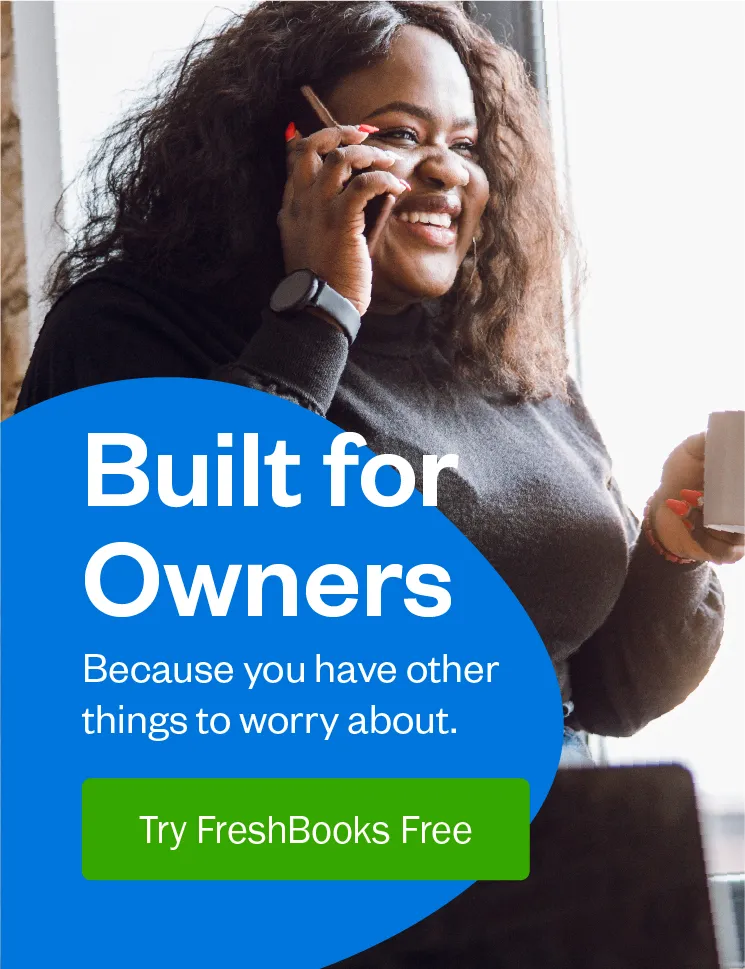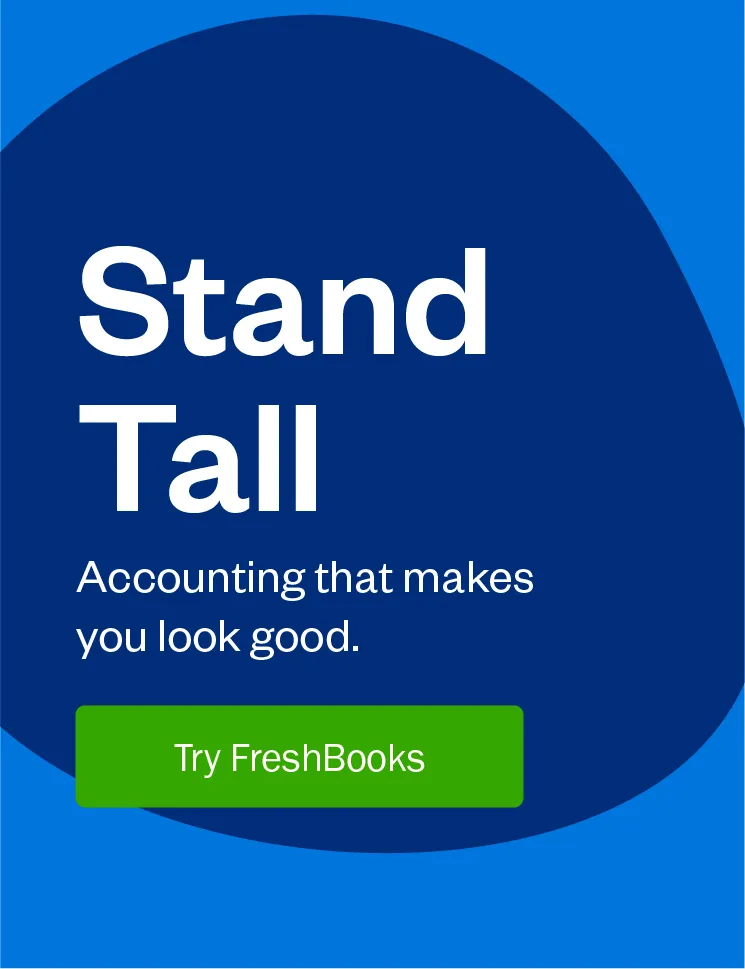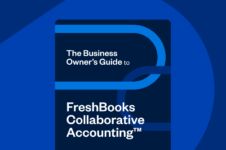Scope creep: If you don’t nip it in the bud, it can get out of hand very quickly, robbing you of valuable hours you could be billing elsewhere.

It’s often a freelancer’s first valuable lesson in business. You agree to a flat-rate project for a client and complete the work…but it’s not quite right and they keep asking for more. Revisions. Additions. Tweaks. Changes. Extras. And of course all of this is included in the price you agreed upon at the outset.
It’s called scope creep—and if you don’t nip it in the bud, it can get out of hand very quickly, robbing you of valuable hours you could be billing elsewhere.
We asked our panel of successful small business owners to share their best advice for preventing and managing dreaded scope creep. Plus, we’re giving you a sneak peek of an upcoming ebook called Awkward Conversations: Email Templates for Freelance Creatives with an excerpt on scope creep.
Andrew & Jess Campbell, Workshop Training, Speaking, Writing, Project Management
- Fresh Air Media
- Years in business: 8
What We Do:
“Andrew’s focus is on training and skill development in communications; Jess does project management and freelance writing.”
How We Handle Scope Creep:
“Edits are one we watch carefully. You may have an agreed upon time limit or agreed upon number of back and forth edits, but there are always a few [clients] who push that. Sometimes, they are easy to slide by and other times they are frustrating. We try to build the expectation in early, and while we don’t always come down hard on that exact amount, we have a starting place if we need.”
Jennifer Matthews
- Matthews Communications
- Years in business: 23
What I Do:
“Communications strategy, including project planning and communications audits. Plus, writing and editing of:
- Internal communications like training materials, conference scripts and change communications
- External communications like magazines, annual reports, brochures, books, fundraising documents, executive speeches and presentations and websites.”
How I Handle Scope Creep:
“Early on I probably had trouble estimating project times accurately and would end up spending more time on them than planned. Now I’m quite accurate in my estimates, and I explain to every client at the outset of a project how I work: I track my time in quarter-hour increments, and bill based on my hourly rate. If a project exceeds the scope of what we’ve discussed I will provide the client with an updated written estimate highlighting the changed parameters. If you don’t do that, you can kiss any extra pay at the end of the project goodbye.”
Paul Russell
- Bretenic Limited
- Years in business: 25
What I Do:
“I’m a writer and communications consultant specializing in both corporate communications and marketing. I have extensive experience working in the human resources (internal communications) and financial services (external communications) areas.”
How I Handle Scope Creep:
“As a writer, I set out the number of drafts included and usually a word count range. And I make sure to talk about expectations before the project starts. That takes care of most scope creep. It’s never been a big problem in my work.”
Suzanne Colmer
- Your Shop Girl
- Years in business: 10
What I Do:
“We help women and men shop smarter and teach them how to love all of the clothes in their closet.”
How I Handle Scope Creep:
“This has only happened to me once or twice. If I could do it differently I would have just explained that, in not being able to focus on the initial work, everything would suffer. I have practiced saying, “No and this is why” for the last year and I am getting much better at it!”
Tim Dolan
- Kickframe
- Years in business: 4.5
What I Do:
“Kickframe is a new type of consulting and training firm built to serve the need that organizations have for a specialized digital strategy partner that is independent, agile and experienced. Kickframe helps organizations become better digital marketers.”
How I Handle Scope Creep:
“Scope-creep doesn’t happen during a project, it happens before a project begins. Overinvest time in creating a detailed statement of work clearly outlining what is in and what is out. Have conversations early when potential scope issues are purely hypothetical—much easier than when tangible (and emotional).”
Excerpt From Awkward Conversations: Email Templates for Freelance Creatives
Some clients will try to take advantage of your good nature by wringing out every bit of work they can get within the budget you agreed upon. It’s important to know when to say “whoa.”
Input from an Expert
“If a client emails me and asks for a few edits that take 15 minutes, I’ll do it. That’s good customer service. But if they’re asking for more than that, I ask for more money.”
– Paul Lima, Freelance Writer and Business Writing Trainer and Author of 18+ books for writers and small business owners
Stop Scope Creep Before it Starts with Estimates and Proposals
Make sure you and your client are on the same page by putting together an estimate or proposal for a project from the outset. It typically includes:
- A breakdown of the work you plan to do, including the number of revisions
- How long it will take to complete
- How much you think it will cost
Avoid surprises by clearly noting that any work beyond the scope of the estimate or proposal will be subject to your hourly rate.
The FreshBooks Estimates and Proposals tools allow you to create a professional-looking document from an easy-to-use template. Send it to your client, edit it based on their feedback and even convert it into an invoice when the project is complete—all from one place.
Template
Subject: Additional project work
Hi, [Client]. I’d like to touch base with you about the scope of the [name of] project.
When we began, we agreed that I would [outline scope OR refer to outline/estimate]. You’ve now identified that you’d like me to also [name additional work].
I’m happy to do that. Here’s what it will cost: [Add hourly rate and time estimate or flat-rate for the service.]
Please let me know if you have any questions—or want to give me the go-ahead to get started.
Thanks,
[You]

Written by Heather Hudson, Freelance Contributor
Posted on October 29, 2018
 Roundup: Advice I’d Give Myself in Year 1 of My Business
Roundup: Advice I’d Give Myself in Year 1 of My Business
 Freelance Creatives: How to Tame Scope-Creeping Clients
Freelance Creatives: How to Tame Scope-Creeping Clients





